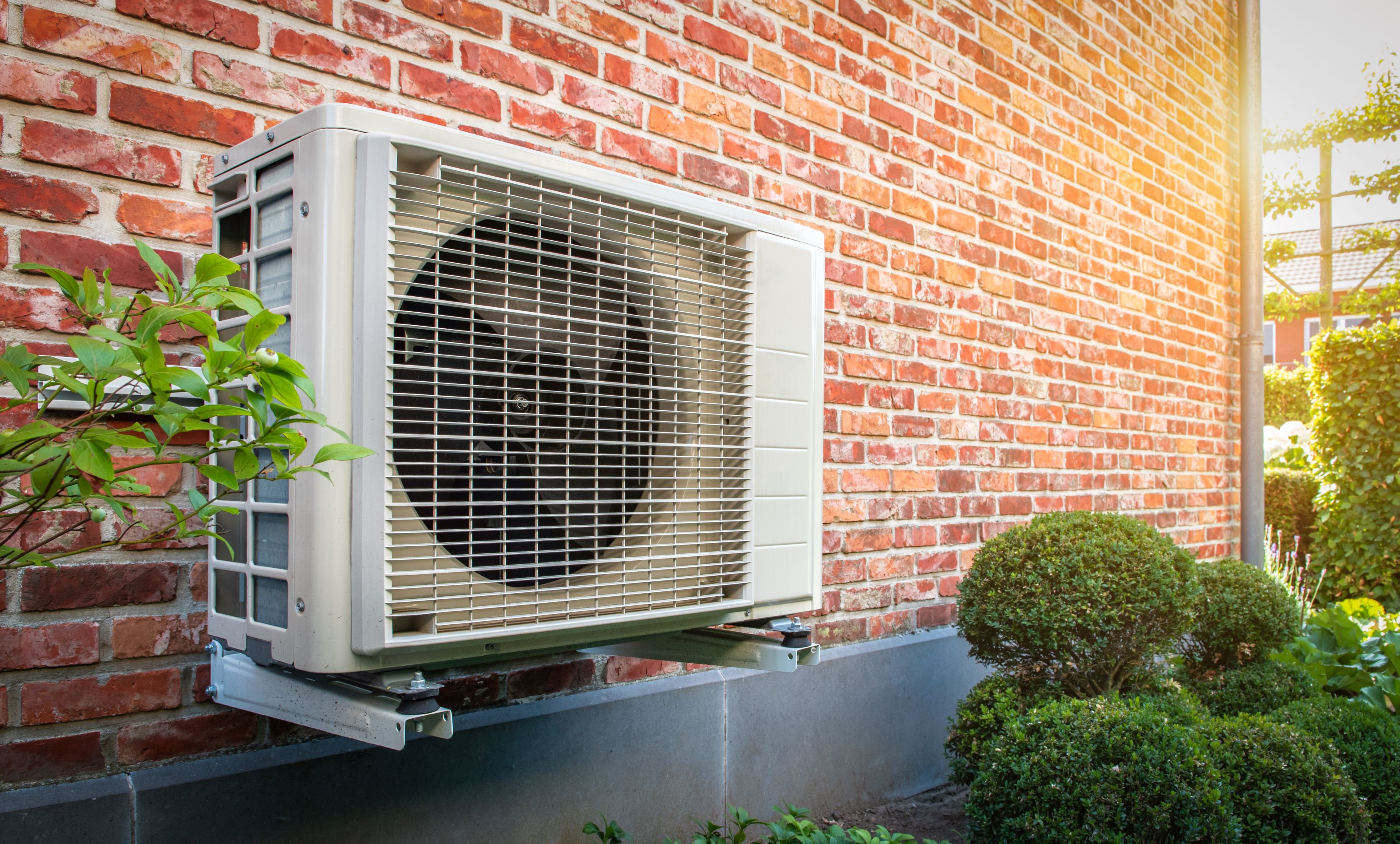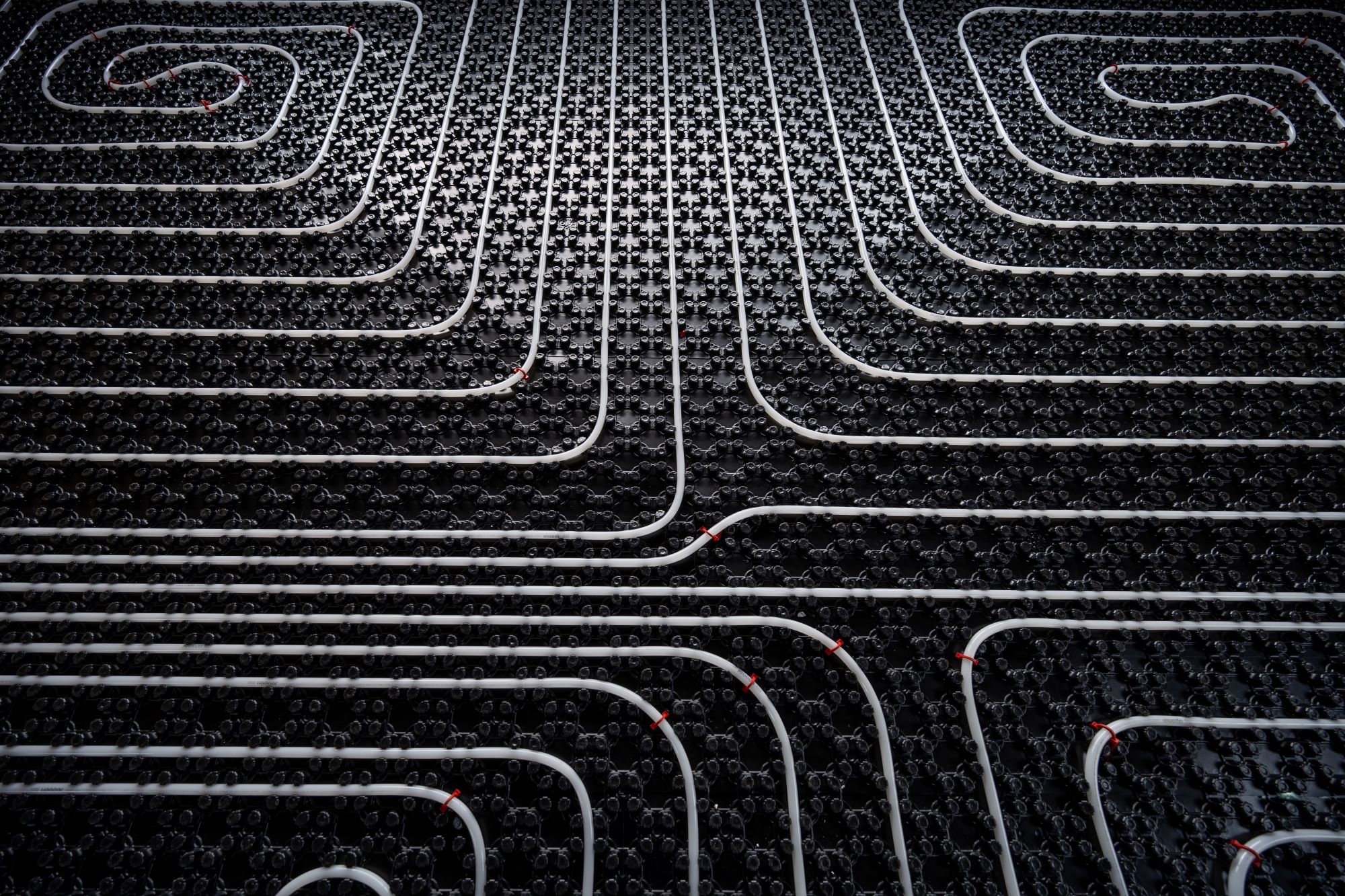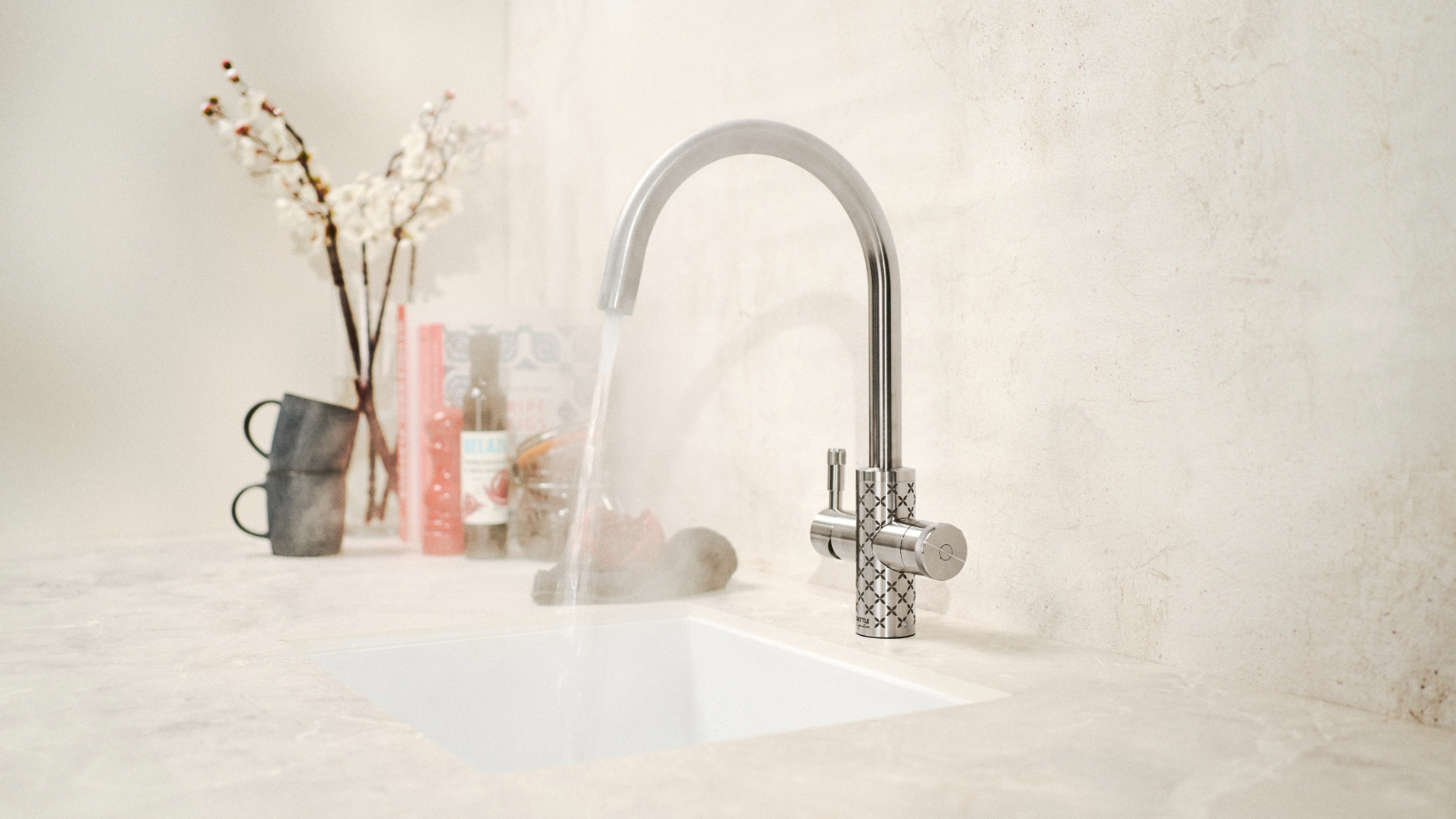Underfloor heating with heat pumps: How to design your system for maximum efficiency
When installing a heat pump, your underfloor heating system can incorporate specific design features to operate at its maximum efficiency. We explain all

Underfloor heating with heat pumps partner well and are arguably an ideal combination when it comes to heating new homes or homes that are built to higher insulation standards.
We have become accustomed to our central heating systems producing high temperatures and delivering this to quick-reacting radiators. However, the heat generated by the heat pump is not as high as that produced by a boiler, so emitters with a larger surface area are needed to achieve similar temperatures in your home.
Existing radiators therefore may need to be replaced with ones that have a greater surface area. Alternatively wet underfloor heating works well — pipes are installed in the floor so the entire floor becomes, in effect, the emitter. This means it can operate efficiently at lower temperatures while still adequately heating the room.
Here is everything you need to know when designing an underfloor heating system with a heat pump so it'll operate at maximum efficiency.
Underfloor heating with heat pumps: Why do they work so well together?
Underfloor heating is discrete, frees up the walls and is easy to maintain but it can be slow to react and does not produce the same radiant high temperature heat that you may be used to from a radiator. Heat pumps also operate with a low flow temperature making underfloor heating with a heat pumps an ideal combination.

What impacts the efficiency of UFH with a heat pump?
If you are switching from a boiler with underfloor heating to a heat pump, you might find your underfloor heating system is not as energy efficient as it could be.
When underfloor heating is used with a heat pump, whether it is a ground source heat pump or an air source heat pump, it needs to have certain design features to help the heat pump operate efficiently.
Bring your dream home to life with expert advice, how to guides and design inspiration. Sign up for our newsletter and get two free tickets to a Homebuilding & Renovating Show near you.
For instance, with a boiler the temperature of the return in the UFH system doesn't matter as new heat is always being generated. But with a heat pump, this heat is recycled so it is crucial to minimise heat loss in both the flow and return and to design your system accordingly.
Larger piping and closer spacing and a design that warms even the return are therefore all important to maintain an even temperature throughout.
How can I futureproof my UFH system for a heat pump?
If you don't currently have a heat pump but want to make sure your underfloor heating installation will be suitable for a heat pump in the future, there are a couple of design details it would be wise to include.
1. Use larger UFH pipes
The pipes should ideally be the larger ones at around 16mm diameter.
2. Space UFH pipes close together
The spacing of the pipes should be no more than 150mm centres but if you can feasibly get them closer together then that is better.
3. Match your flow and return temperatures
It is also important to get the designer to design the underfloor heating such that the flow temperature is only 5 degrees warmer than the return temperature. A boiler system, however, would have a higher flow temperature and an 8 to 10 degree temperature difference.
4. Always design with a heat pump in mind
Even if you have no intention of installing a heat pump, given that UFH systems can last decades it is still worth designing your UFH for a heat pump. That's because a boiler will work on a heat pump design but a heat pump could be less efficient on a boiler design.

How do I design underfloor heating for a heat pump?
When designing and installing an underfloor heating system for a heat pump, there are a couple of things to bear in mind to maximise efficiency:
1. Your UFH design for a heat pump
When you design underfloor heating for low temperatures such as those delivered by a heat pump, it is best to use wider bore pipe (15mm - 16mm) and install it such that the pipe centres are as close together as they feasibly can be. Never more than around 150mm pipe centres and closer if possible.
It is also prudent to try and design all the pipe loops to be very similar lengths. More loops is better than only a few loops that are a long length. This creates less resistance in the pipe and the water is only in the floor for a short time before returning to the heat source.
A ’spiral’ shape design, although harder to plan, can often be more balanced than a straight up and down layout across the room.
2. Installing UFH for a heat pump on a hard ground floor
There are a number of different ways to install the underfloor heating pipes in the floor depending on whether it is a hard ground floor or suspended floor.
The first way is to clip the pipes to the floor insulation and then you bury the pipes in the floor screed. This is a common installation method for new ground floor rooms and is similar in UFH systems for a boiler as well as a heat pump.
3. Installing your UFH for a heat pump on a suspended floor
On suspended floors the options are to either install the pipes under the floorboards by notching the joists or use overlay boards. Overlay boards are around 20mm thick and get placed on top of the floorboards. The overlay boards are usually made of polystyrene, wood fibre boards of composite materials and grooves are made in the boards to hold the pipes. The floor finish is then installed over the boards.
You usually cannot fit carpets directly onto overlay boards so a further deck board will be required if you want to install underfloor heating with carpet. There will be a build up from the floor level so this type of solution must be specified before you finalise the stair design or choose the floor finish so that the floors are all level and the stairs are even.
Overlay boards can be quicker to react than a screed solution as there is less dense material to heat up. It will also cool down quicker.
What insulation works well with UFH with a heat pump?
When designing underfloor heating with a heat pump, it is important to have insulation under the pipes. Without insulation, your heat pump will need to work harder to generate more heat rather than recycling it. This will of course reduce the efficiency of your heat pump.
That said, the type of insulation for underfloor heating is no different with a heat pump than to a boiler. You can use XPS insulation boards, preformed boards with channels, wood fibre boards, and even sheep's wool (depending on the floor construction) as long as it is thick enough (a challenge with this kind of insulation).
There are underfloor heating systems where the pipes get installed in the floor with no insulation, particularly with retrofit underfloor heating, but there will be conductive heat loss. The amount of heat loss will depend on the temperature under the home. Damp ground will transfer heat away quicker than dry ground so do take this into account.
David is a renewables and ventilation installer, with over 35 years experience, and is a long-standing contributor to Homebuilding and Renovating magazine. He is a member of the Gas Safe Register, has a Masters degree in Sustainable Architecture, and is an authority in sustainable building and energy efficiency, with extensive knowledge in building fabrics, heat recovery ventilation, renewables, and also conventional heating systems. He is also a speaker at the Homebuilding & Renovating Show.
Passionate about healthy, efficient homes, he is director of Heat and Energy Ltd. He works with architects, builders, self builders and renovators, and designs and project manages the installation of ventilation and heating systems to achieve the most energy efficient and cost effective outcome for every home.

